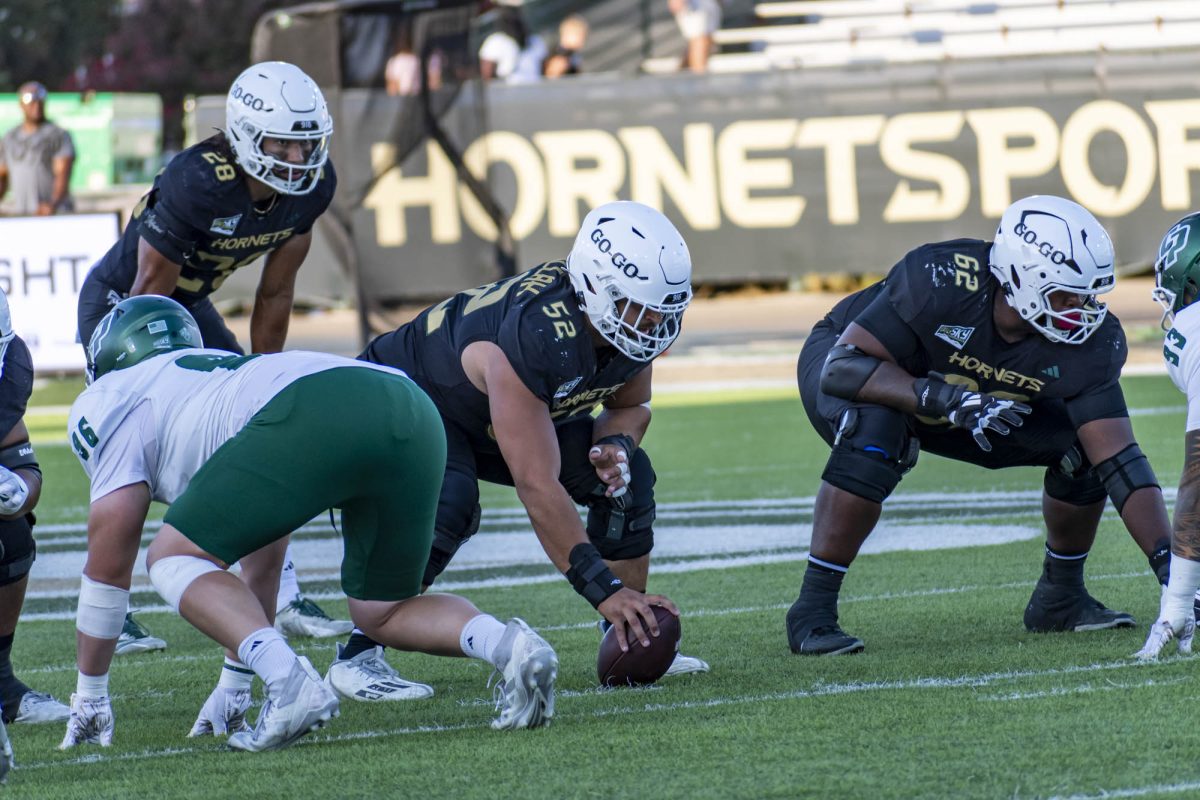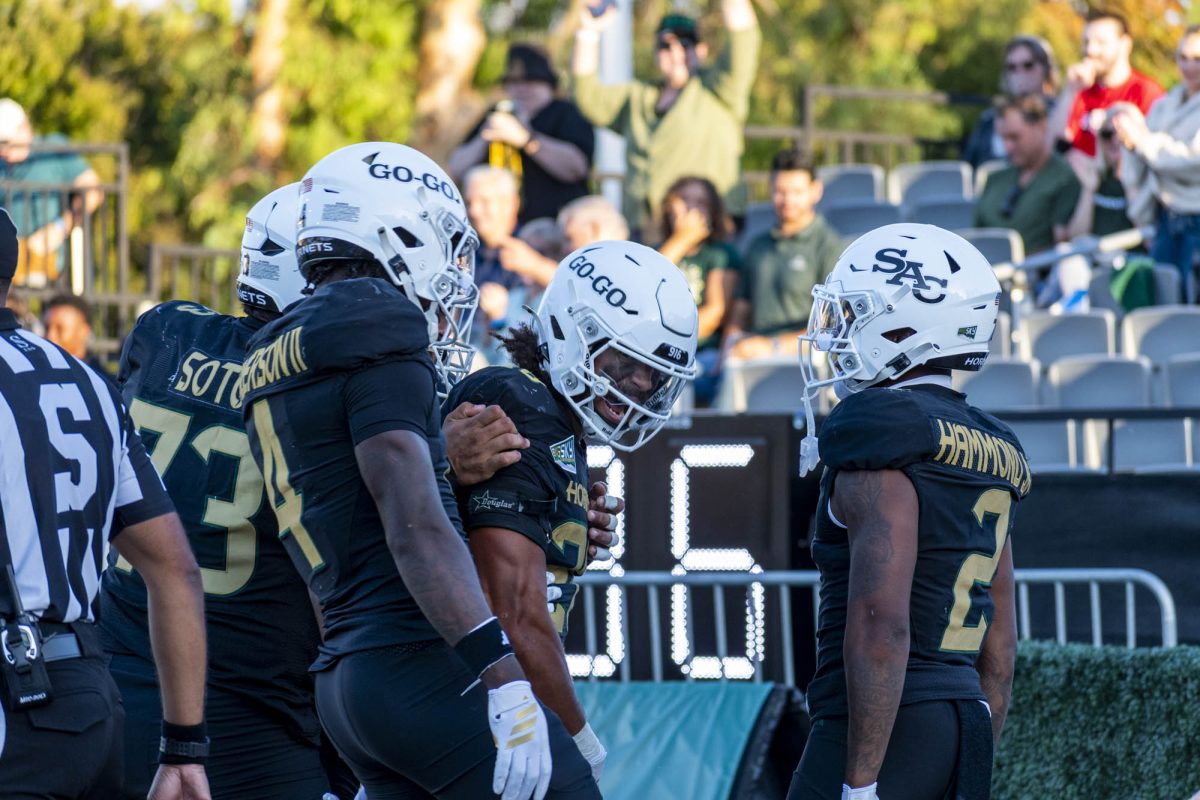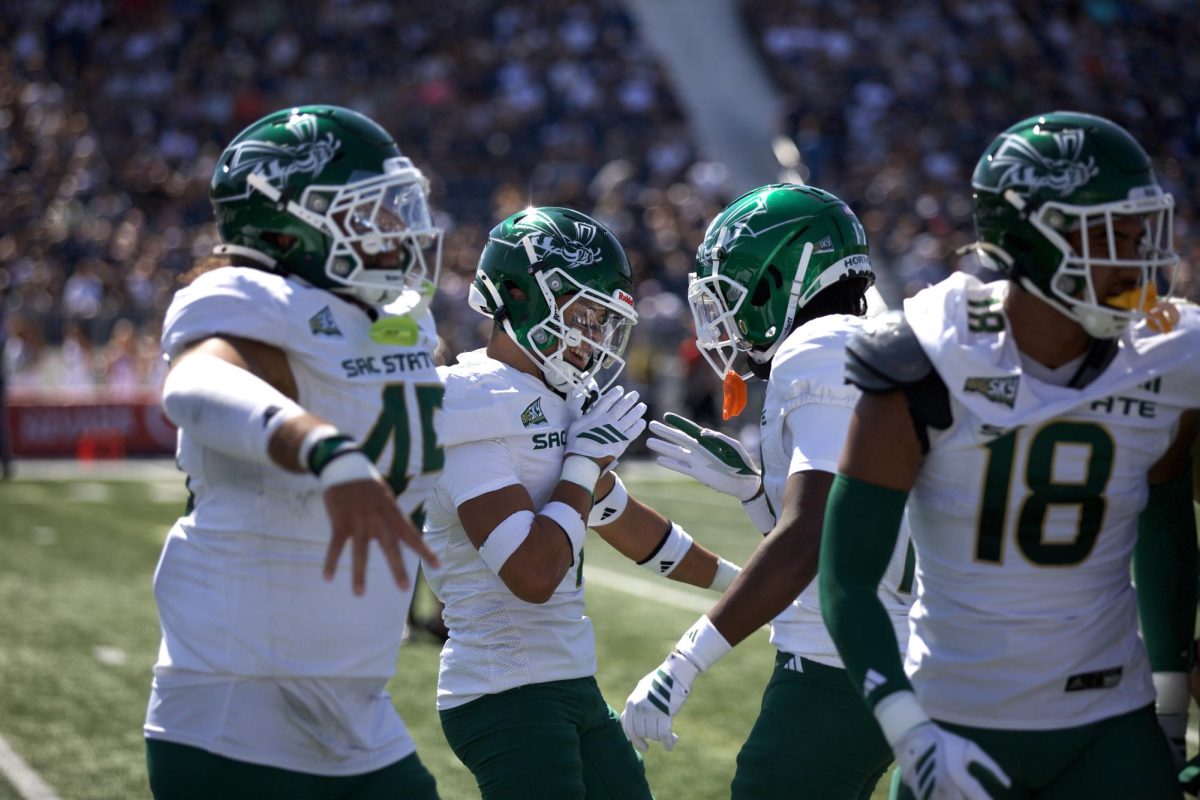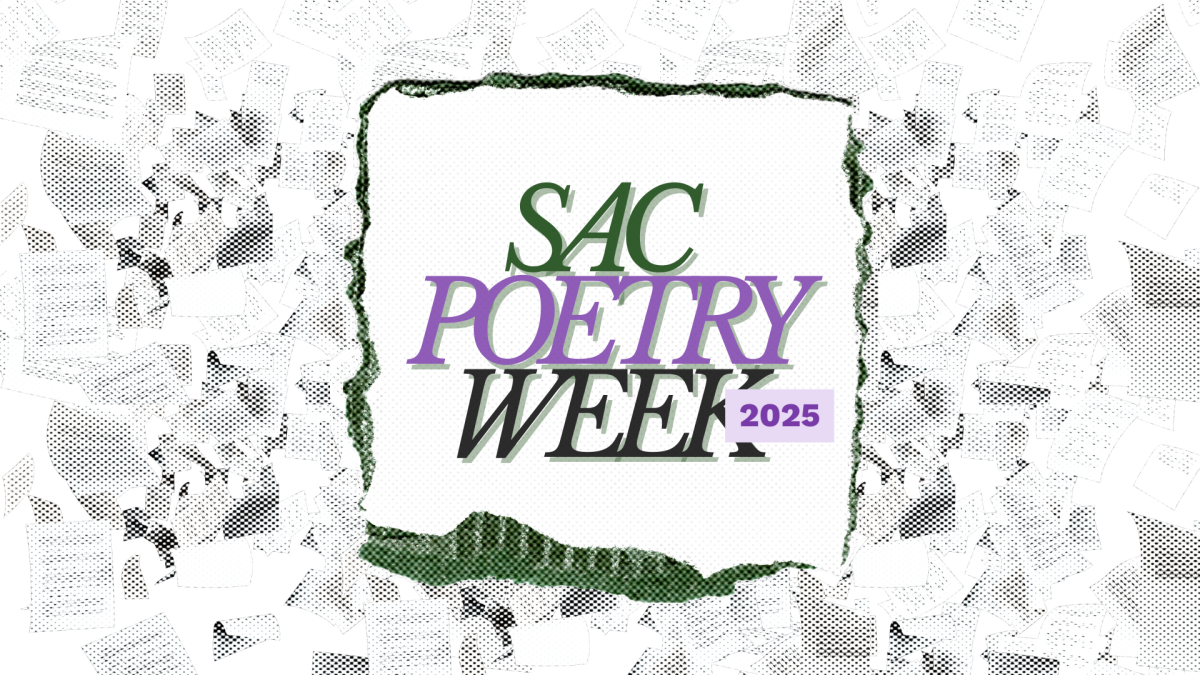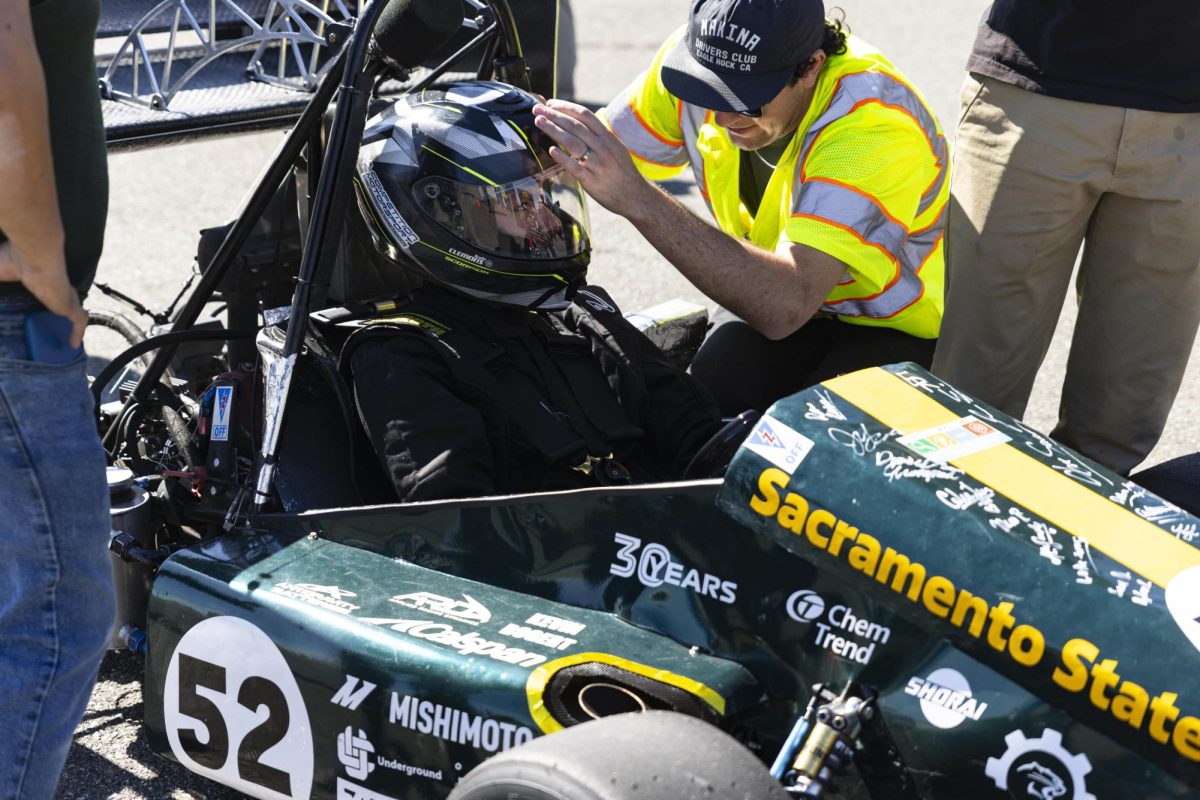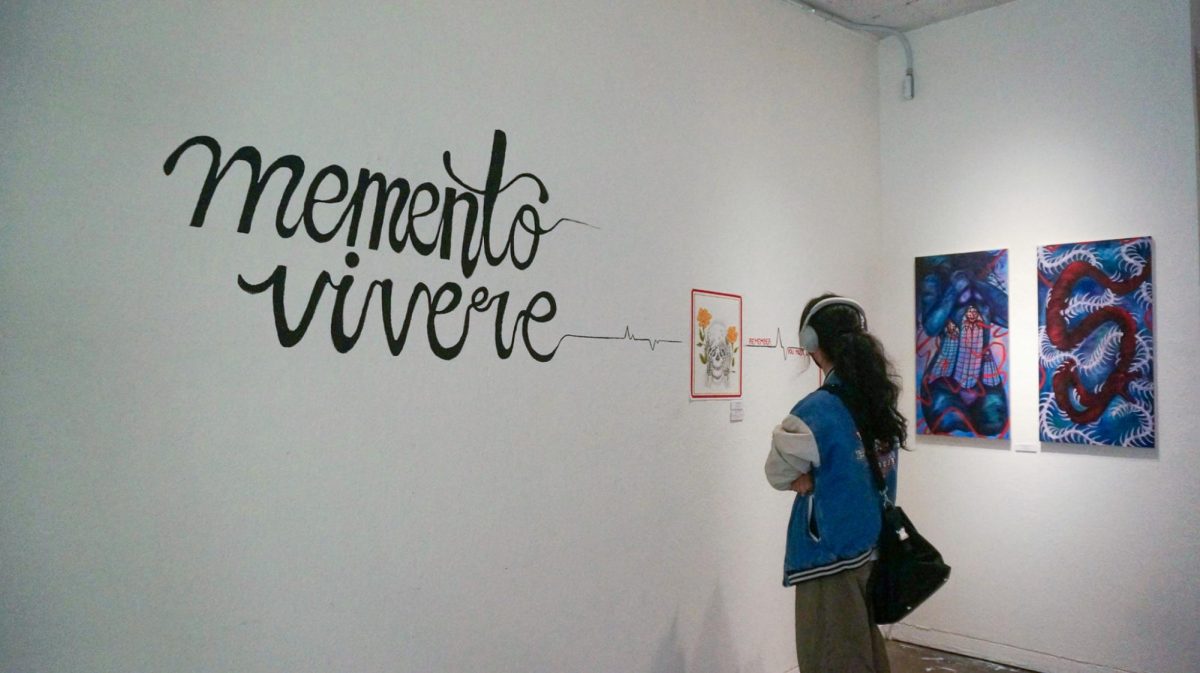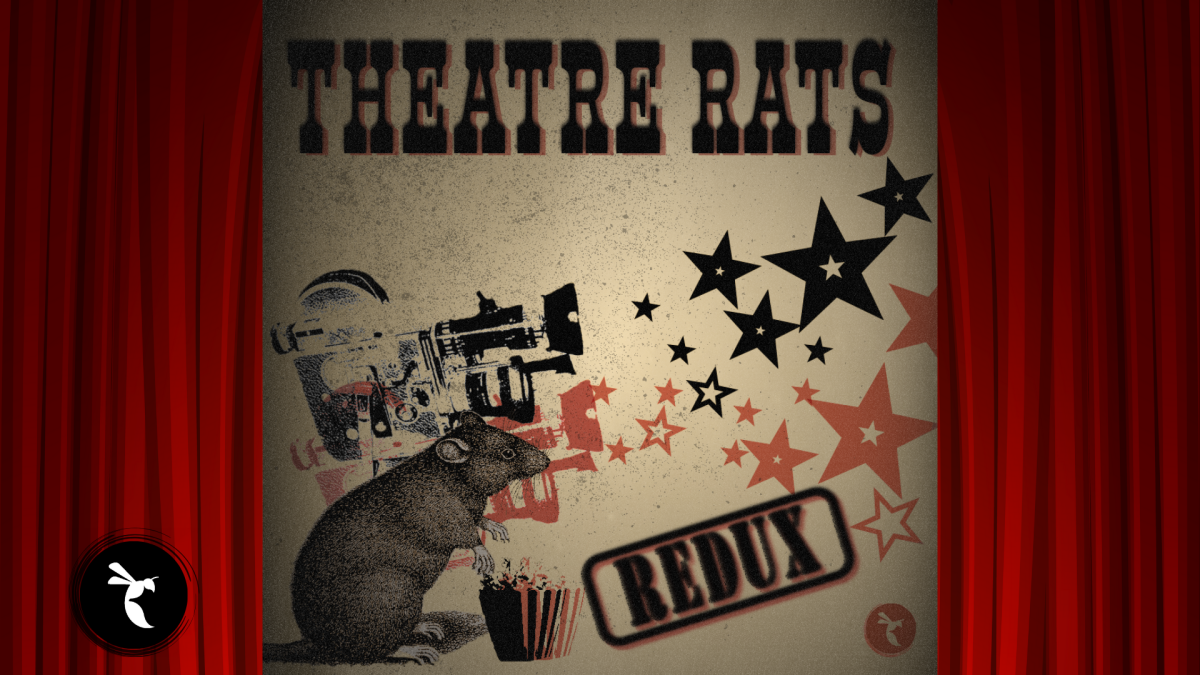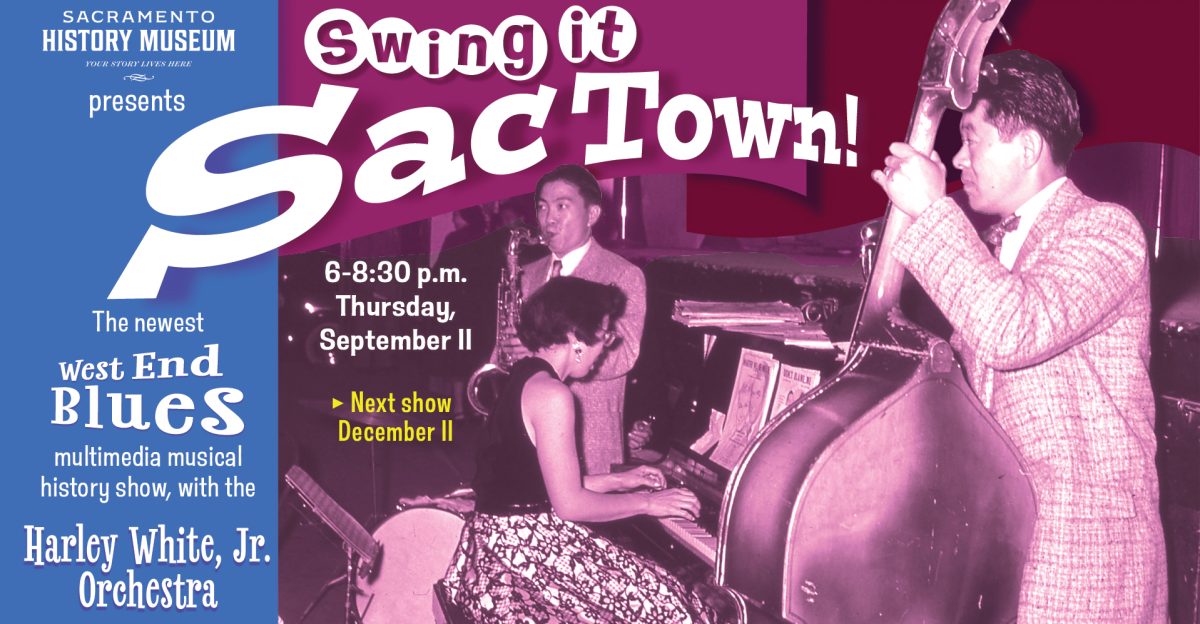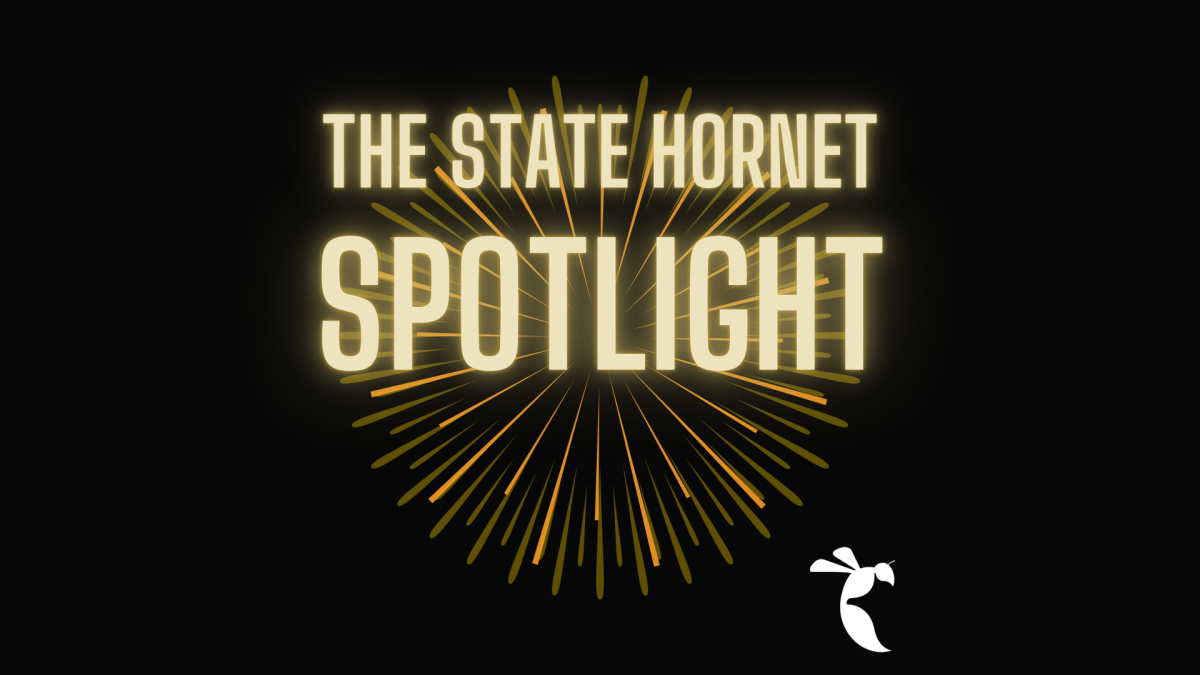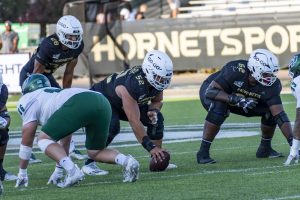New editions give video games a jihadist spin
November 13, 2006
(WASHINGTON) – In September, a video game called “Quest for Bush” was released by the Global Islamic Media Front, an organization with ties to al Qaeda.
In the first-person shooter game, also titled “Night of Bush Capturing,” players move through a variety of levels before a final showdown with a character that looks like President Bush. The game also features jihadist music.
The game bears more than a slight resemblance to “Quest for Saddam,” a game created in 2003 by Jesse Petrilla. In that game, players also fight through several levels before a final confrontation with Saddam Hussein.
Petrilla expected some copycats to pop up after he created “Quest for Saddam,” but “Quest for Bush” wasn’t what he had in mind. “I wasn’t expecting it from the terrorists,” said Petrilla.
“What people don’t realize is that the war on terror is fought in the media,” he added. “This is another tool they are using to spread their message of anti-Americanism.”
Petrilla also founded the United American Committee, an organization that lists one of its goals as “unity of all Americans against the threats of Islamic extremism which face our nation.”
On Sept. 10, the UAC staged a demonstration in front of the King Fahd Mosque in Culver City, Calif., in which members hung an effigy of Osama bin Laden from a makeshift gallows.
The gameplay in the two games is essentially identical; the major differences between the two are in music and graphics. In “Quest for Bush,” the game missions have titles such as “Jihad Beginning,” “Searching for Bush” and “Bush Hunted Like a Rat.”
Zach Whalen, a Web master, writer and editor with Gameology, a site offering commentary and resources for game studies, offered an extensive comparison of “Quest for Bush” and “Quest for Saddam.”
“There is very little ‘development’ evident in the game,” said Whalen. “It’s a straightforward re-skinning of ‘Quest for Saddam’ that simply exchanges references to Saddam with references to George W. Bush. … Whoever modified this game didn’t have to do any programming at all.” Whalen also notes that even filenames of graphics are the same. In “Quest for Bush,” the graphics file for the Bush look-alike, is called “Saddam.png.”
“Even to call it a mod is a stretch,” added Petrilla.
Petrilla also created a game called “Quest for Al-Qaeda” in 2002. He defended his games as satire; something he does not believe applies to “Quest for Bush.” “What they’re doing is promoting violence,” he said. “Blasting Americans in the game, it’s certainly not satirical.”
“What I think is important and interesting about both games, however, is the way their programmatic relationship reveals an underlying logical similarity between the anti-Saddam and anti-Bush messages,” said Whalen.
The Middle East-based Afkar Media has produced several video games from an Islamic perspective, but they are far from propaganda. One of their most popular games, “UnderAsh,” features a young Palestinian fighting against Israeli occupation forces. Afkar’s developers have been quick to distance their games from ones like “Quest for Bush.”
David Weigel is the assistant editor of Reason magazine, a libertarian monthly. In Reason’s “Hit & Run Blog,” Weigel said that, unlike anti-Bush games, “Games like ‘UnderAsh’ are inherently more interesting — they’re the creations of fed-up Muslim nerds, not propagandizing Islamists. They’ve got more in common with Mecca Cola than ethnic cleansing.”
Brian Bonner, who runs a right-wing blog called the “The Uncooperative Blogger,” wrote about “Quest for Bush:” “If you are playing this game, you are in bed with the terrorists, plain and simple.”




































